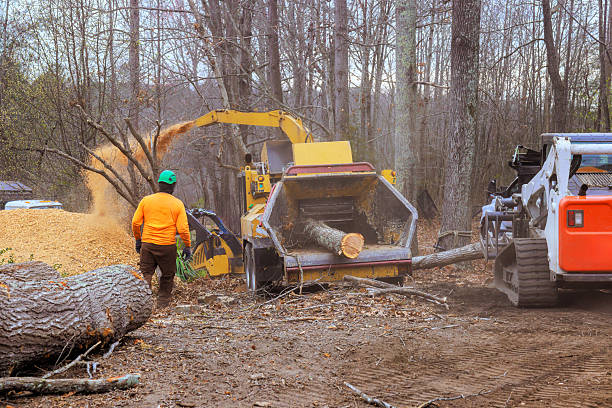As seniors enter retirement or live on fixed incomes, finding affordable and comfortable housing becomes a top priority. Fortunately, there are many options available—from government-assisted apartments to income-based communities designed specifically for older adults. Whether you’re searching for yourself or helping a loved one, this guide will show you how to find affordable senior apartments that offer safety, independence, and peace of mind.
Step 1: Understand What “Affordable Senior Housing” Means
Affordable senior housing typically refers to rental units designed for adults aged 55 or older that are priced below the market rate. These can include:
- Low-Income Housing Tax Credit (LIHTC) properties
- HUD Section 202 supportive housing for the elderly
- Public housing for seniors
- Subsidized units in senior living communities
- Non-profit or faith-based housing options
Many of these programs calculate rent based on a percentage of the tenant’s income, making them ideal for seniors on Social Security or retirement savings.
Step 2: Know the Income Requirements
Most affordable senior housing programs have income limits. These vary by location and program, but generally:
- Very low income = 50% or less of the area median income (AMI)
- Low income = 80% or less of the AMI
You’ll typically need to provide documentation such as Social Security award letters, pension statements, and tax returns.
Step 3: Use Trusted Resources to Search for Housing
Finding the right apartment starts with using the right tools. Some of the best resources include:
- HUD.gov – Search for subsidized housing and local public housing agencies (PHAs)
- Benefits.gov – Explore housing assistance programs
- AffordableHousingOnline.com – Find open waitlists and LIHTC properties by zip code
- Senior-focused websites like APlaceForMom.com or SeniorHousingNet.com
- Local housing authorities or Area Agencies on Aging (AAA) – These can provide referrals to affordable senior options near you
Step 4: Apply Early and Be Prepared for Waitlists
Affordable senior apartments are in high demand. In many areas, waitlists are common—sometimes months or even years long. To improve your chances:
- Apply to multiple locations at once
- Follow up regularly with housing offices
- Keep your documents updated (ID, income verification, medical records if needed)
- Ask about emergency placement or priority status if you’re at risk of homelessness
Step 5: Consider Amenities and Services
While affordability is important, also consider what’s included:
- Accessibility features like elevators, walk-in showers, and grab bars
- Utilities included in rent (some subsidized units offer water, gas, or electricity)
- On-site services such as transportation, meal programs, or social activities
- Security features like gated entries or emergency call systems
Many senior-specific apartments also provide a stronger sense of community and peer support.
Step 6: Explore Additional Support Programs
If you need help paying rent or managing daily living, consider these programs:
- Section 8 Housing Choice Vouchers
- Supplemental Security Income (SSI)
- State-run rental assistance programs
- Non-profit housing foundations
- Energy assistance or food subsidy programs that reduce overall expenses
Combining affordable housing with support services can help seniors remain independent longer.
Final Thoughts
Finding an affordable apartment as a senior doesn’t have to be overwhelming. With the right resources, early preparation, and an understanding of income-based housing programs, you can secure a safe, accessible, and comfortable living space that fits your budget. Start your search today by exploring local housing agencies, applying to multiple communities, and taking full advantage of senior support services.








